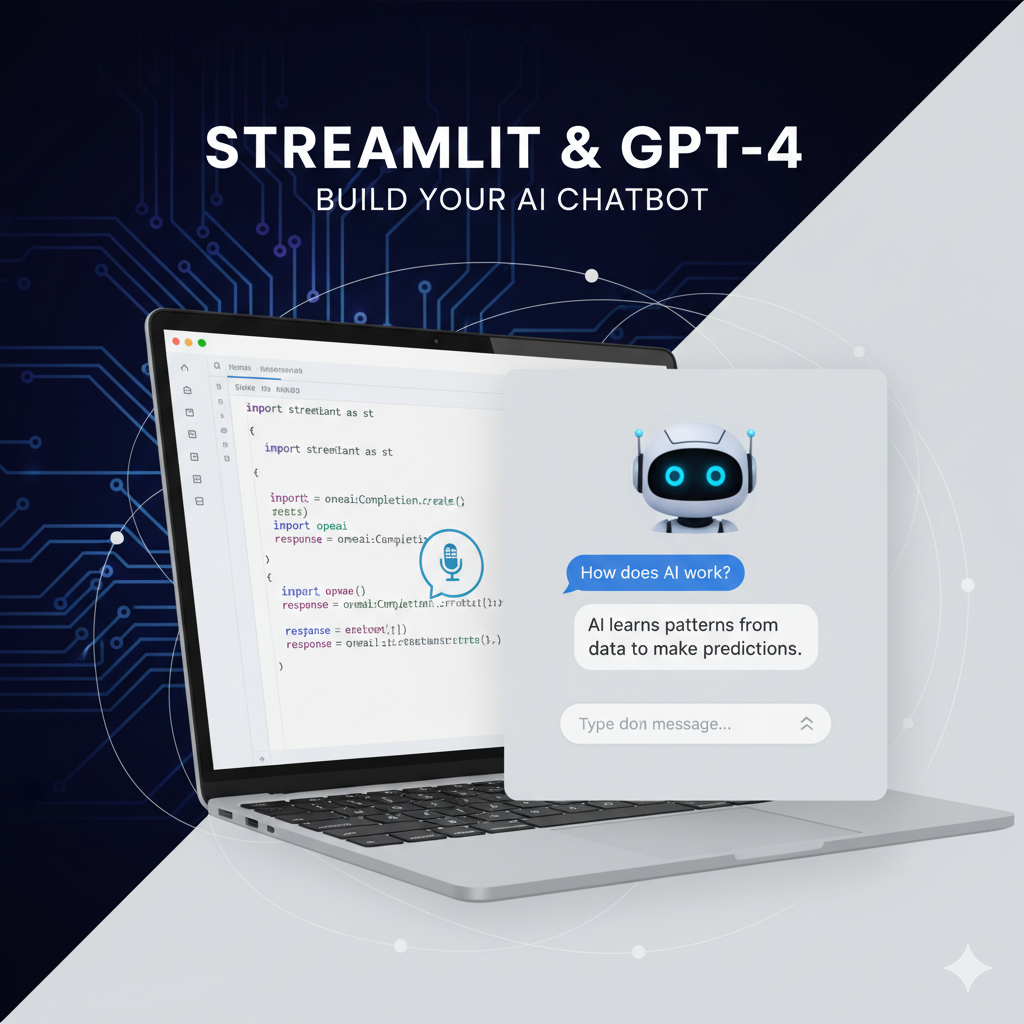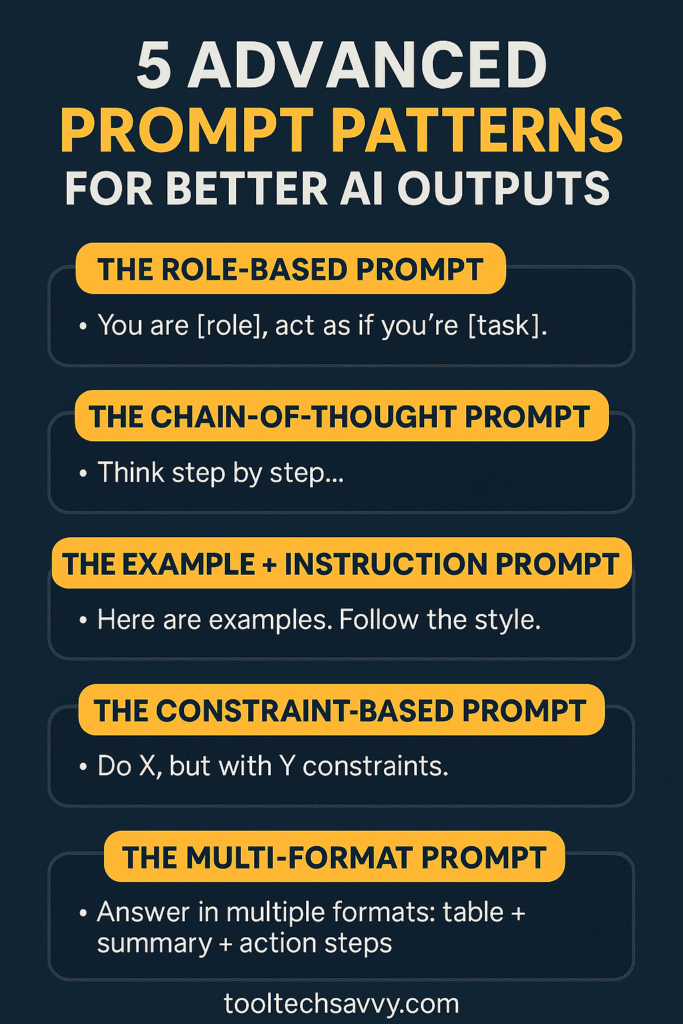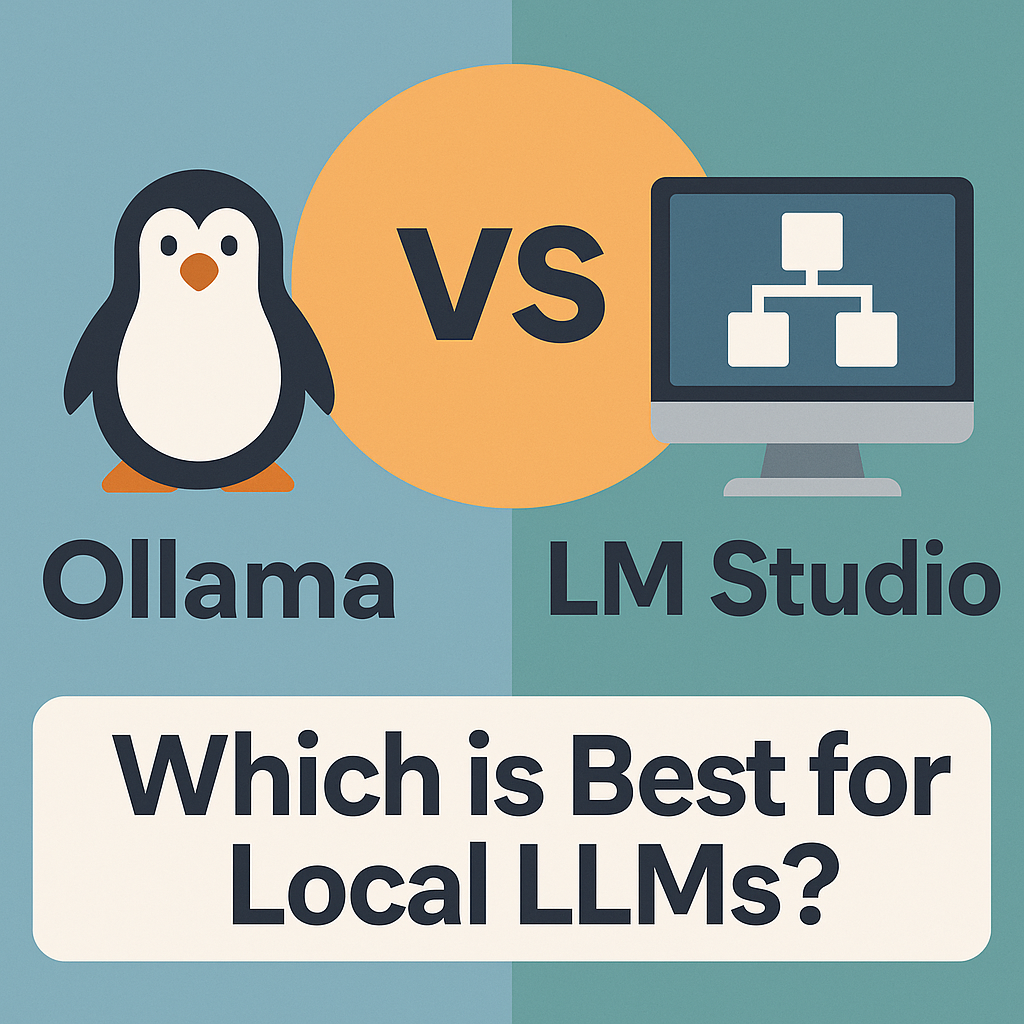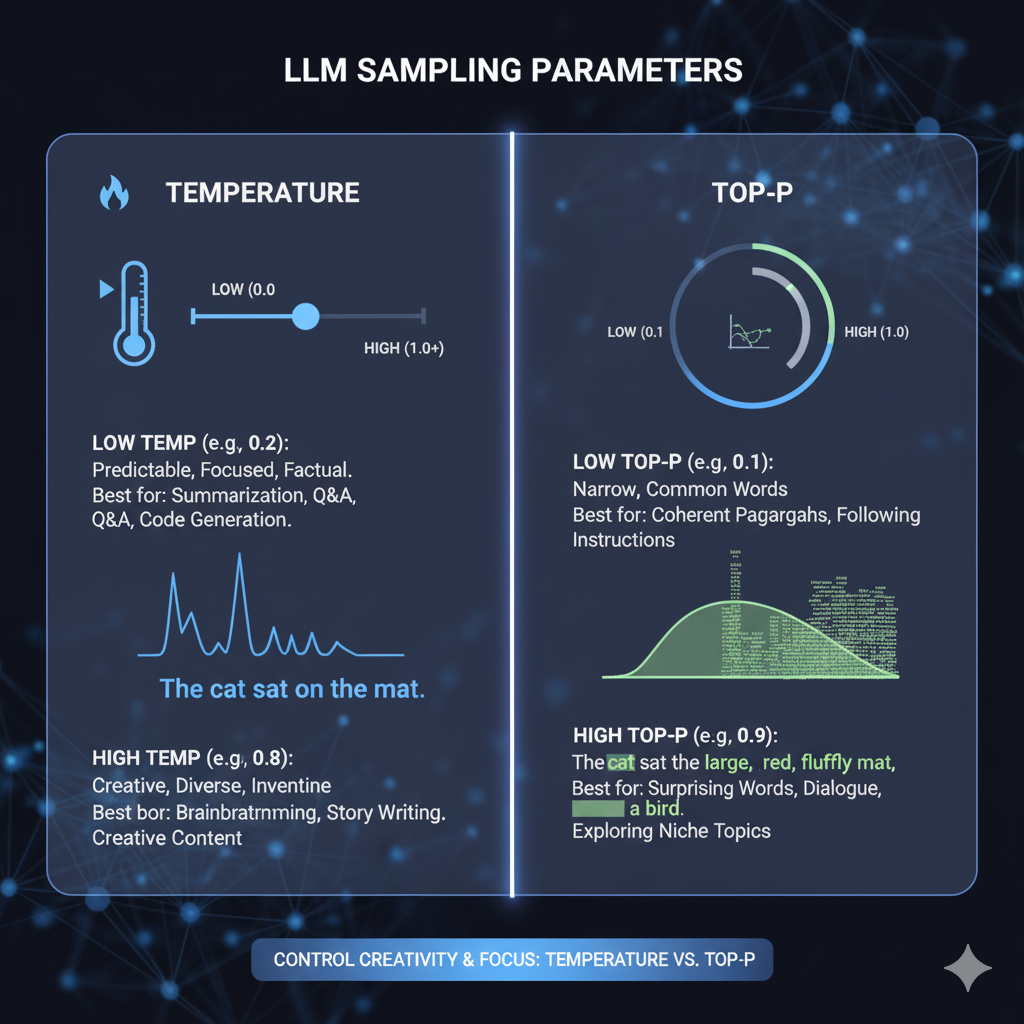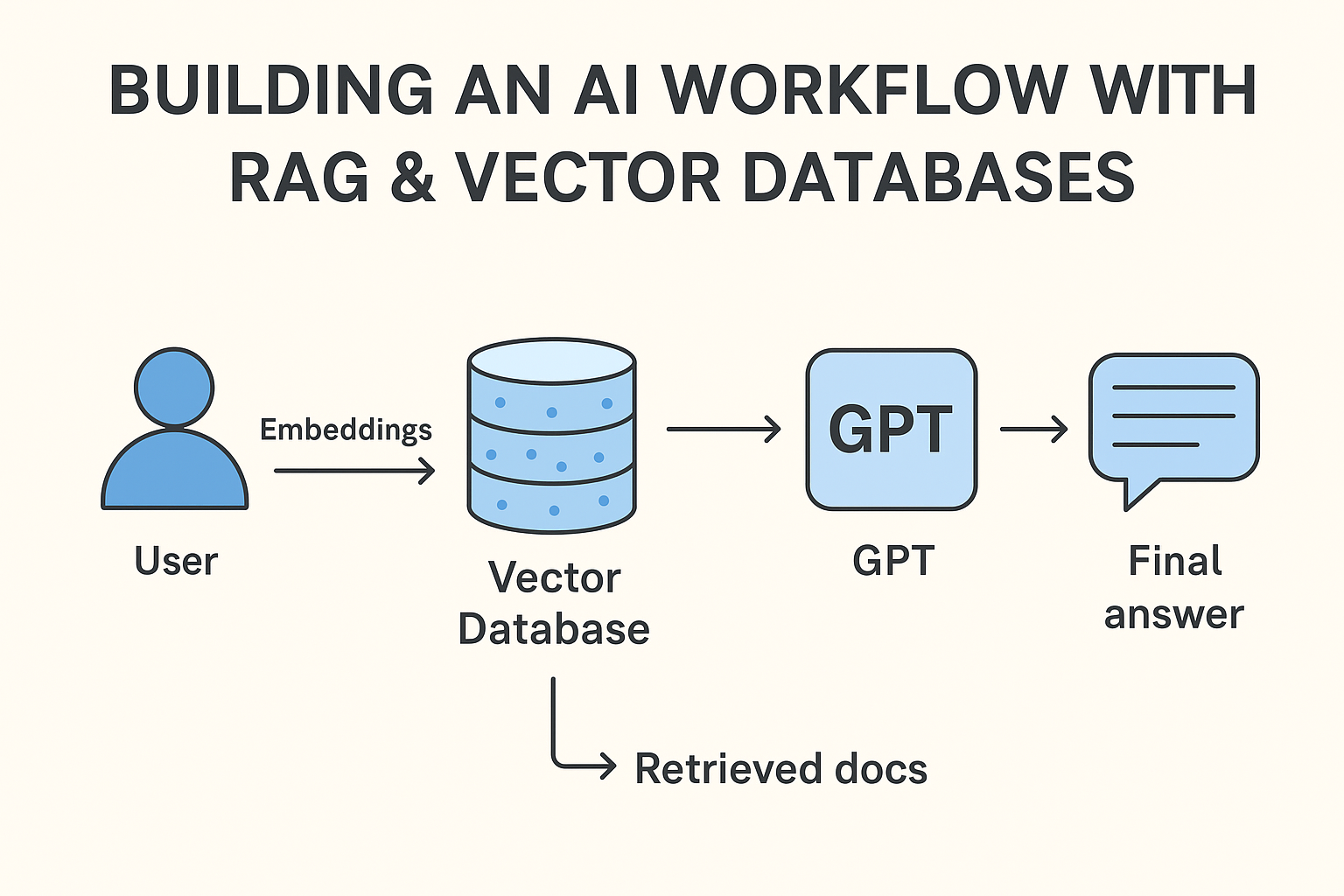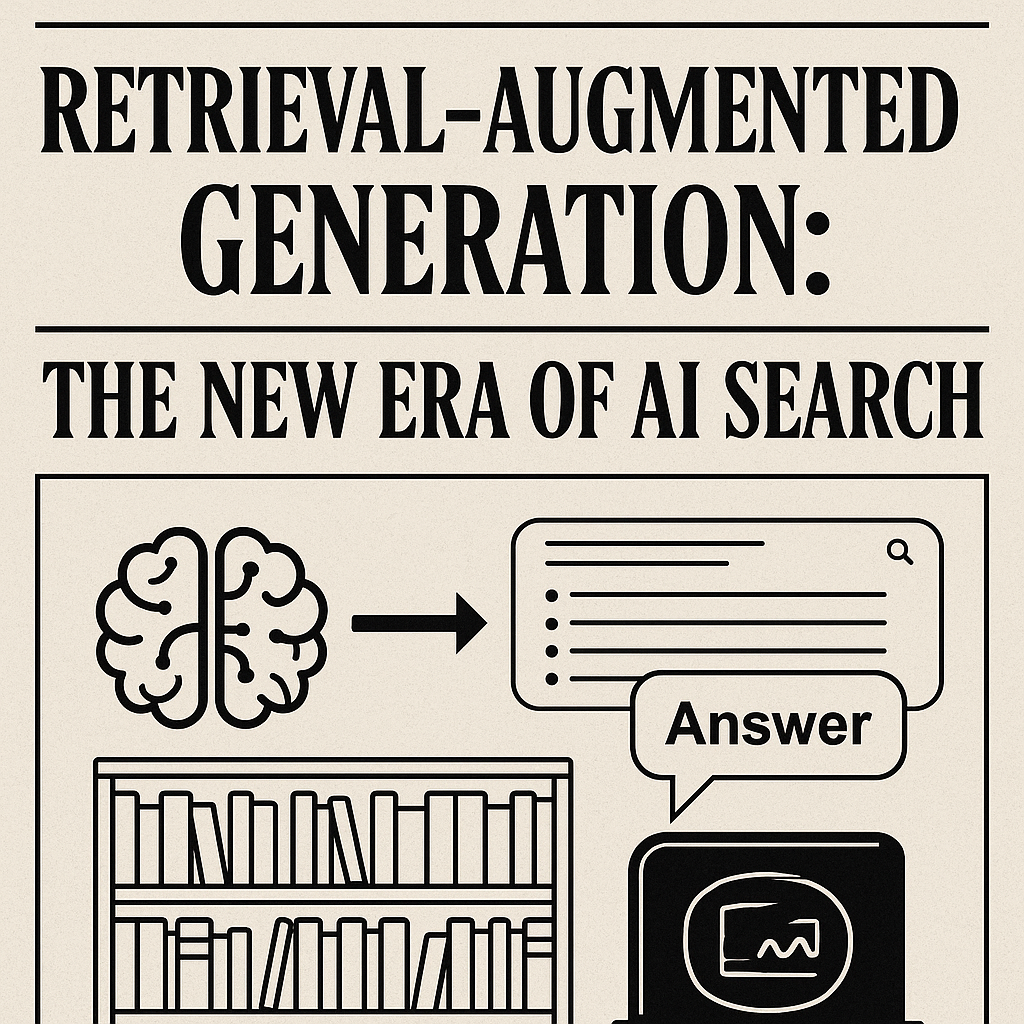How to Code Your Own AI Chatbot with Streamlit and GPT-4
If you’ve ever wanted to create your own AI chatbot—personalized to your brand, data, or workflow—good news: it’s easier than you think. With Streamlit (a simple Python web app framework) and OpenAI’s API, you can build a custom chatbot in under an hour—no advanced coding required. Think of this as your digital assistant, customized by […]
How to Code Your Own AI Chatbot with Streamlit and GPT-4 Read More »

